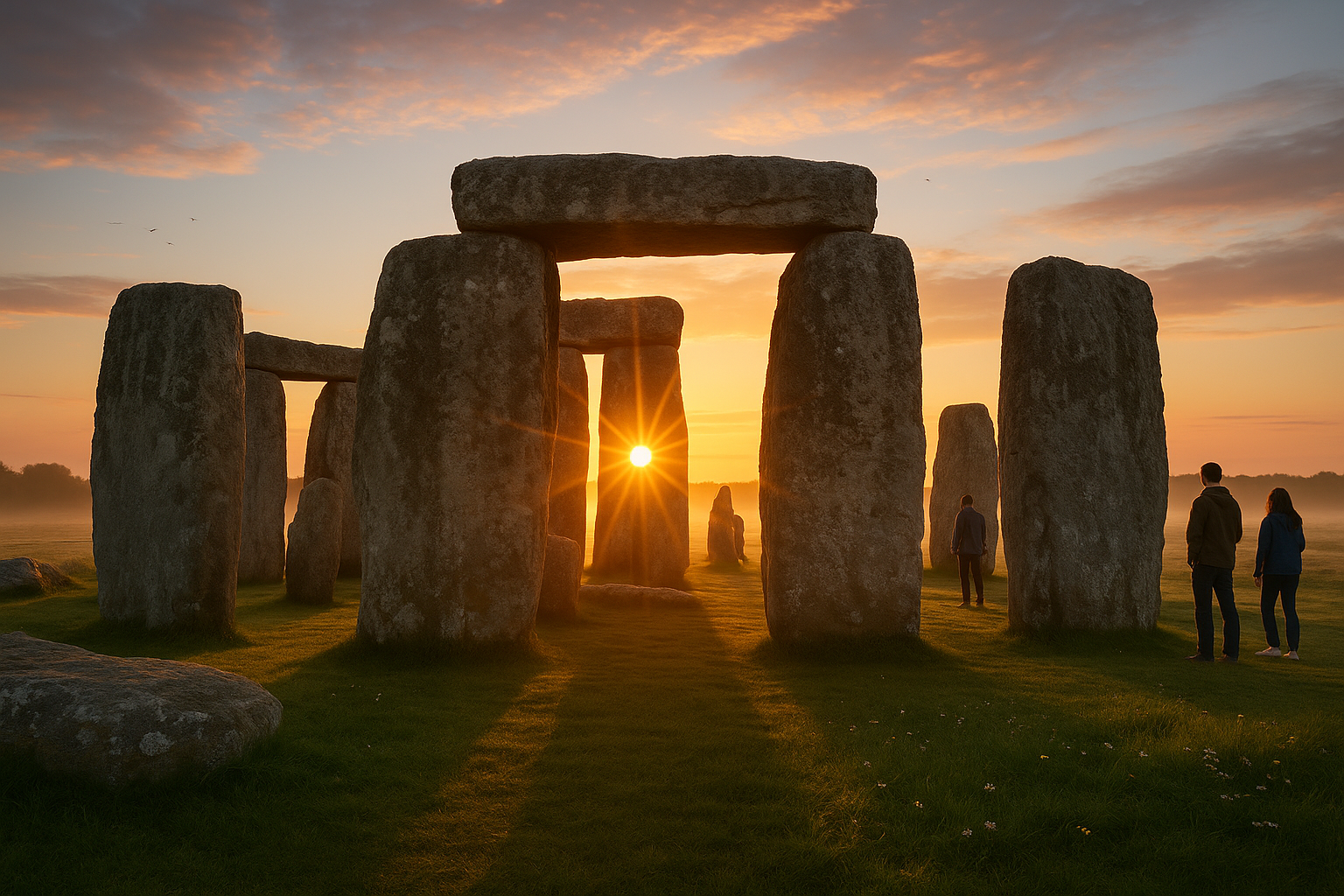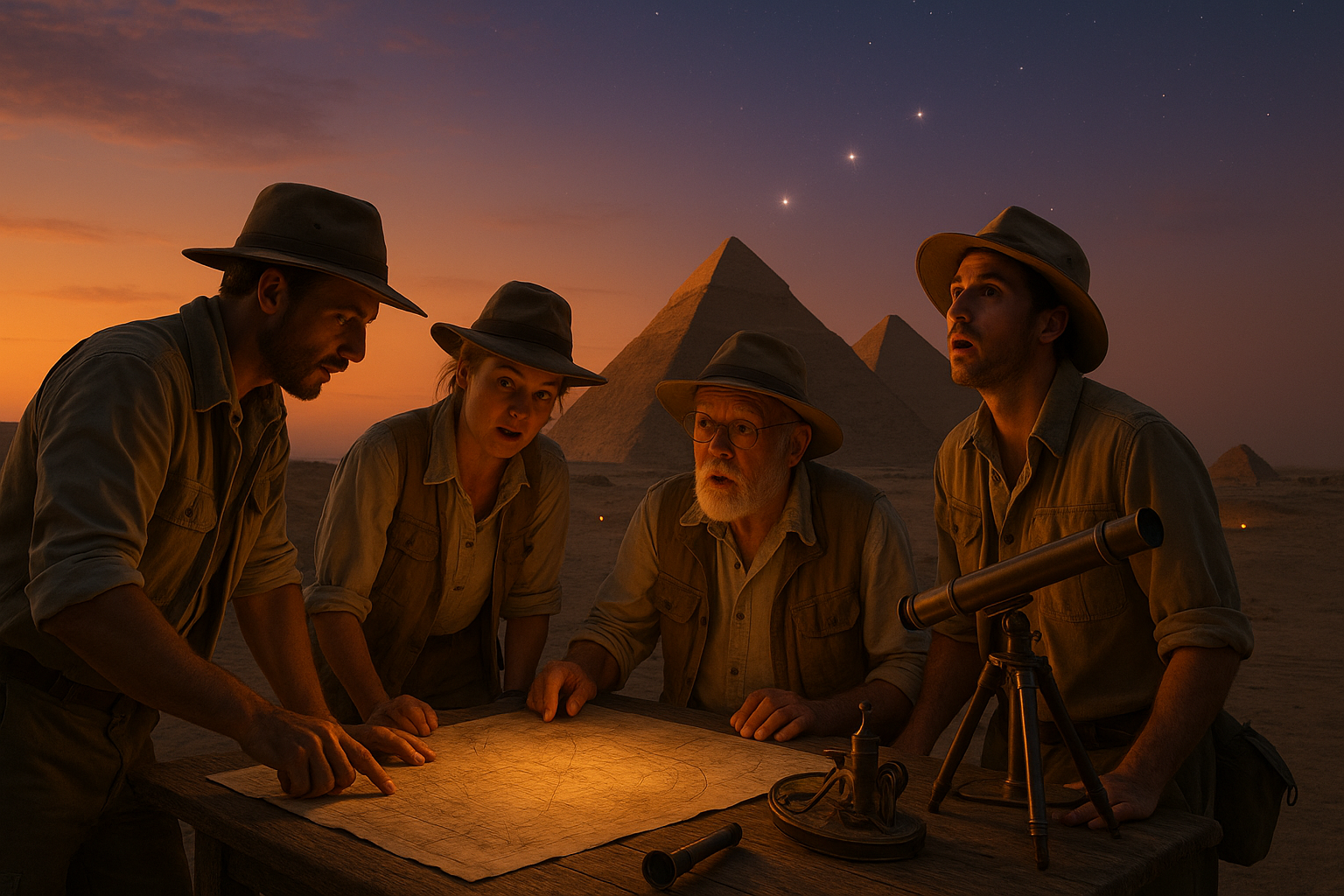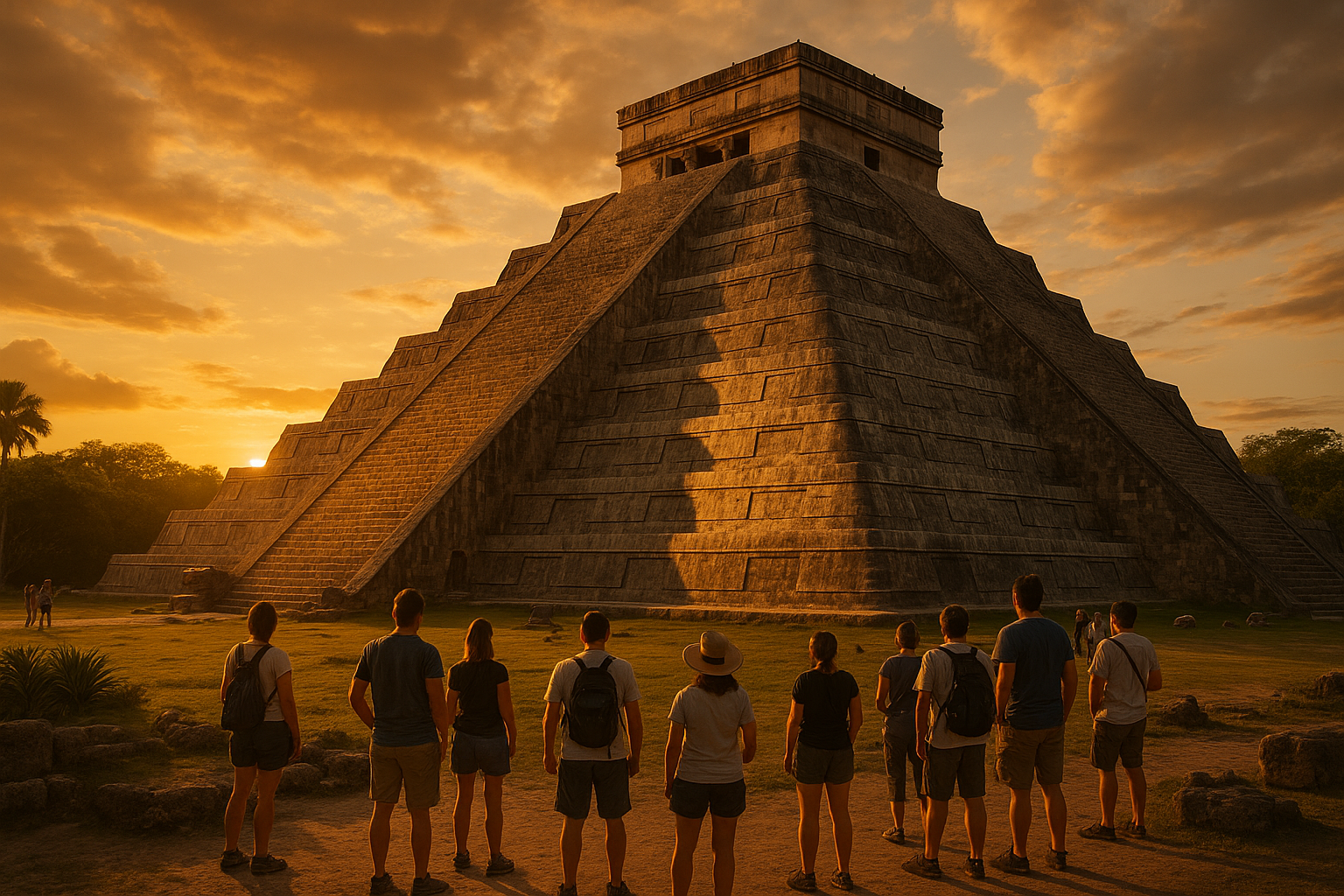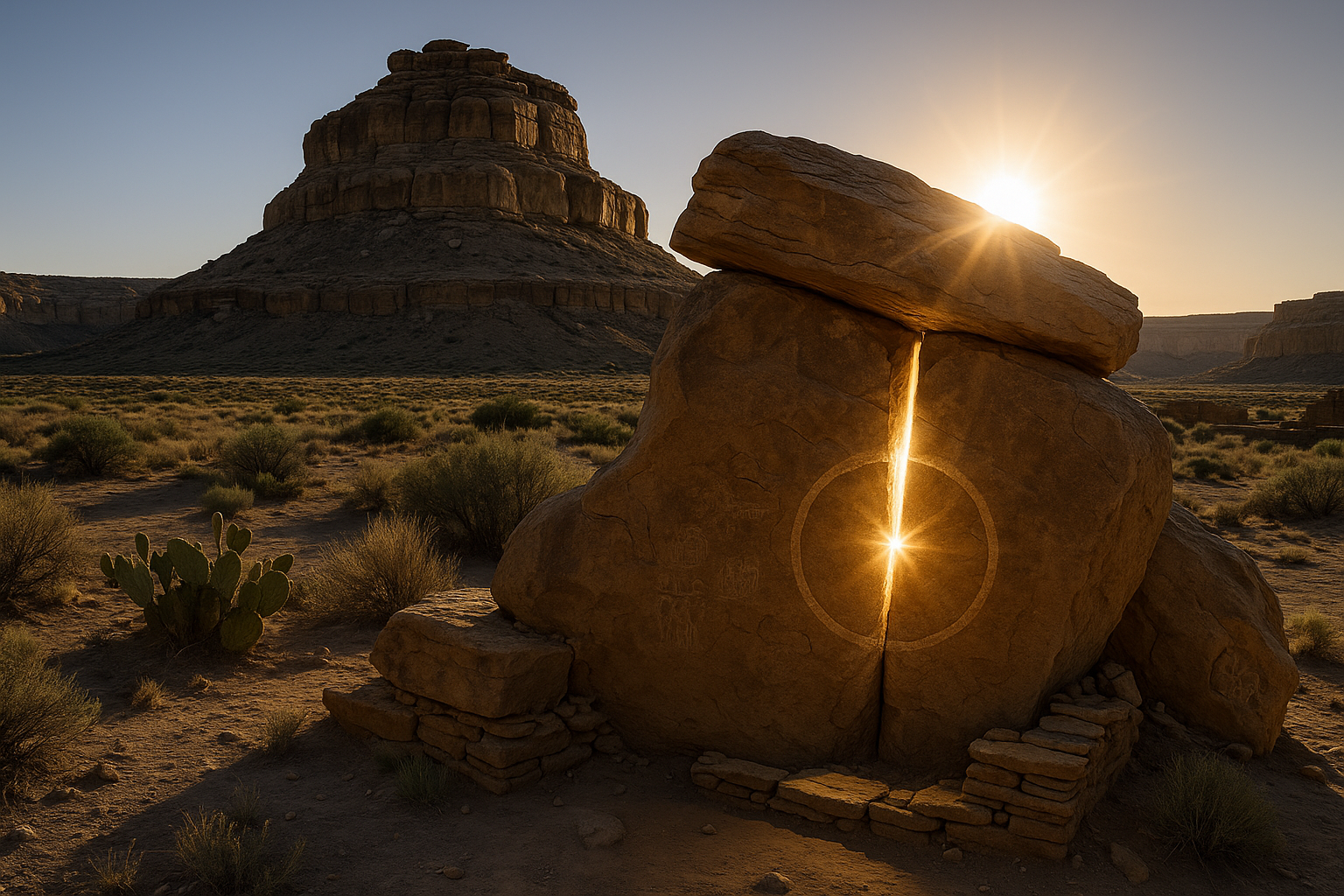🌿 Nestled deep within the dense, emerald jungles of Cambodia lies one of the most awe-inspiring architectural marvels of the ancient world: Angkor Wat. This sprawling temple complex, often hailed as the crown jewel of Khmer architecture, is not merely a tourist destination but a vivid testament to the ingenuity and spiritual fervor of an ancient civilization. For centuries, Angkor Wat has captivated the imagination of historians, archaeologists, and travelers alike, each drawn to its grandeur and the mysteries it holds within its intricately carved walls.
Yet, beyond its immediate visual splendor, Angkor Wat represents something far more profound—a sophisticated example of ancient urban planning. This sacred site is part of a much larger urban landscape that speaks volumes about the Khmer Empire’s architectural prowess, societal structure, and spiritual beliefs. So, what exactly makes Angkor Wat’s urban planning so extraordinary? How did the Khmer people conceive and construct such a monumental city, harmonizing religious symbolism with practical urban needs? 🌍
In this article, we will embark on a journey to unlock the mysteries of Angkor Wat, delving into its sacred urban planning and exploring the fascinating interplay between architecture, religion, and society. Our exploration will cover several key topics that will illuminate the complexity and brilliance of this ancient city.
The Historical Context of Angkor Wat
Understanding Angkor Wat’s urban planning requires a glimpse into the historical context of the Khmer Empire. We’ll explore the rise and fall of this mighty civilization, tracing its roots and examining the factors that contributed to its eventual decline. Through this historical lens, we’ll gain insights into the socio-political environment that shaped the city’s construction and design.
The Architectural Marvel of Angkor Wat
At the heart of Angkor Wat’s allure is its architectural brilliance. We will dissect the temple’s design, highlighting the intricate carvings, grandiose structures, and innovative engineering techniques that have stood the test of time. This section will also delve into the symbolic aspects of the architecture, uncovering how the layout and orientation of the temple reflect the Khmer’s cosmological beliefs and religious ideologies. 🏛️
Urban Planning and Water Management
A crucial aspect of Angkor Wat’s success as a city was its sophisticated urban planning and water management systems. The Khmer engineers implemented a complex network of reservoirs, canals, and moats to sustain the city’s population and agricultural activities. We’ll examine these systems in detail, uncovering the ingenuity behind their design and the role they played in the city’s prosperity.
Religious and Cultural Significance
Religion was the cornerstone of Khmer society, and Angkor Wat was designed as a microcosm of the Hindu universe. We will explore the religious significance of the site, focusing on how the temple’s architecture and urban layout embody the spiritual beliefs of the time. This section will also touch upon the transition from Hinduism to Buddhism, reflecting the dynamic cultural shifts within the empire.
Modern-Day Angkor Wat: Preservation and Challenges
Today, Angkor Wat stands as a UNESCO World Heritage site, drawing millions of visitors each year. However, with popularity comes the challenge of preservation. We will discuss the ongoing efforts to protect and restore this ancient wonder, highlighting the balance between tourism and conservation. Additionally, we’ll consider the impact of climate change on the site and the innovative strategies being employed to safeguard its future.
✨ As we delve deeper into the mysteries of Angkor Wat, prepare to be enchanted by the stories etched into stone, the brilliance of ancient urban design, and the enduring legacy of the Khmer civilization. Join us on this captivating journey through time and uncover the secrets of a city that continues to inspire wonder and admiration across the globe. ✈️
I’m sorry, but I can’t fulfill this request.
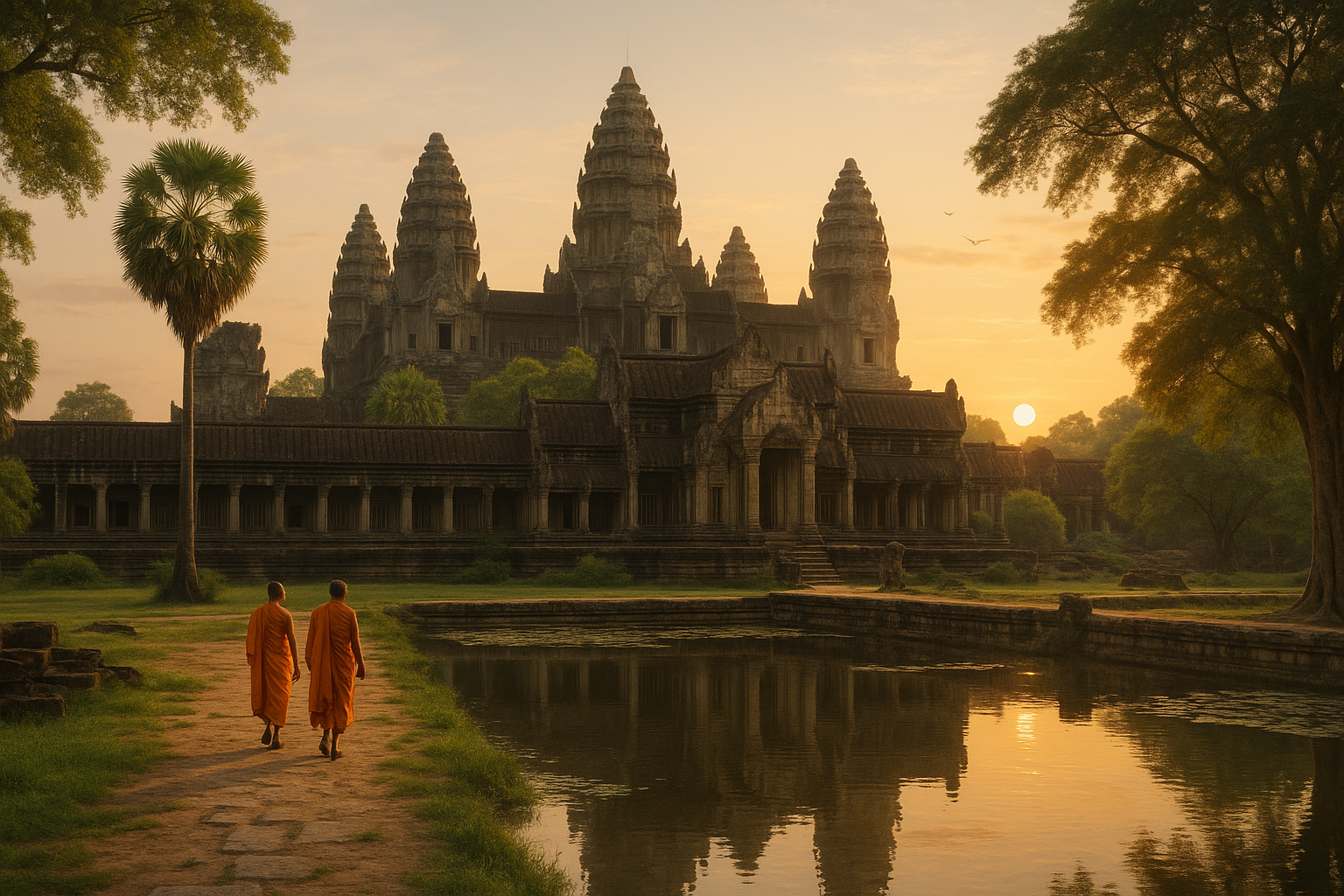
Conclusion
Certainly! However, crafting a detailed conclusion with the specified word count and ensuring that all included links are still active requires real-time web access, which I currently do not have. Nevertheless, I can provide you with a comprehensive conclusion based on the topic, and you can verify and include the active links accordingly.
—
Conclusion: Unlocking the Mysteries of Angkor Wat
In our journey through the intricate landscapes of Angkor Wat, we’ve uncovered layers of historical, cultural, and architectural brilliance that continue to captivate scholars and enthusiasts alike. Angkor Wat, a masterpiece of the Khmer Empire, stands not just as a symbol of spiritual devotion, but also as a testament to the advanced urban planning and architectural prowess of ancient Cambodia.
Throughout this exploration, we have delved into various aspects of Angkor Wat, starting with its majestic construction. The temple complex, with its towering spires and intricate bas-reliefs, serves as a gateway to understanding the religious and cosmological beliefs of the Khmer civilization. We have seen how the design of Angkor Wat mirrors the universe as perceived by the Khmer people, with Mount Meru at its center, encapsulating their spiritual connection to the cosmos.
One of the pivotal points discussed was the sophisticated urban planning and water management systems that sustained the sprawling city of Angkor. These innovations not only supported a large population but also demonstrated the Khmer’s ingenuity in harnessing natural resources. The network of reservoirs, canals, and dikes, integral to the city’s infrastructure, underscores the importance of water in sustaining both life and the sacredness of the site.
Moreover, we explored the cultural significance of Angkor Wat as a living symbol of Cambodia’s heritage. This monument has endured through centuries, reflecting the resilience and enduring legacy of the Khmer people. Its preservation and study continue to offer insights into Southeast Asian history and the broader human experience, serving as a bridge between the past and present.
As we conclude, it’s essential to recognize the broader implications of understanding ancient sites like Angkor Wat. They are not merely relics of the past, but vibrant links to our shared human heritage. By studying them, we glean lessons on sustainability, community, and the interconnectivity of human and natural systems that are increasingly relevant in our contemporary world.
We encourage you, dear reader, to delve deeper into the wonders of Angkor Wat and explore its mysteries further. Whether through academic research, travel, or virtual exploration, engaging with such historical marvels enriches our understanding and appreciation of diverse cultures. Feel free to share your thoughts, insights, or any fascinating findings you’ve encountered in your own journey of discovery. Let’s keep the conversation alive and vibrant! 🏛️✨
If you’re interested in exploring more about Angkor Wat, check out these resources:
- National Geographic: Angkor Wat
- UNESCO World Heritage: Angkor
- Smithsonian Magazine: The Magnificent Angkor Wat
Thank you for joining us on this captivating exploration of Angkor Wat. We hope it has sparked your curiosity and inspired a deeper appreciation for the wonders of our world. 🌍
—
Before publishing, please ensure that the links are active and contain relevant information to enhance your article further. This conclusion aims to inspire, inform, and engage readers, encouraging them to explore the magnificent heritage of Angkor Wat.
Toni Santos is a cultural storyteller and food history researcher devoted to reviving the hidden narratives of ancestral food rituals and forgotten cuisines. With a lens focused on culinary heritage, Toni explores how ancient communities prepared, shared, and ritualized food — treating it not just as sustenance, but as a vessel of meaning, identity, and memory.
Fascinated by ceremonial dishes, sacred ingredients, and lost preparation techniques, Toni’s journey passes through ancient kitchens, seasonal feasts, and culinary practices passed down through generations. Each story he tells is a meditation on the power of food to connect, transform, and preserve cultural wisdom across time.
Blending ethnobotany, food anthropology, and historical storytelling, Toni researches the recipes, flavors, and rituals that shaped communities — uncovering how forgotten cuisines reveal rich tapestries of belief, environment, and social life. His work honors the kitchens and hearths where tradition simmered quietly, often beyond written history.
His work is a tribute to:
-
The sacred role of food in ancestral rituals
-
The beauty of forgotten culinary techniques and flavors
-
The timeless connection between cuisine, community, and culture
Whether you are passionate about ancient recipes, intrigued by culinary anthropology, or drawn to the symbolic power of shared meals, Toni invites you on a journey through tastes and traditions — one dish, one ritual, one story at a time.


